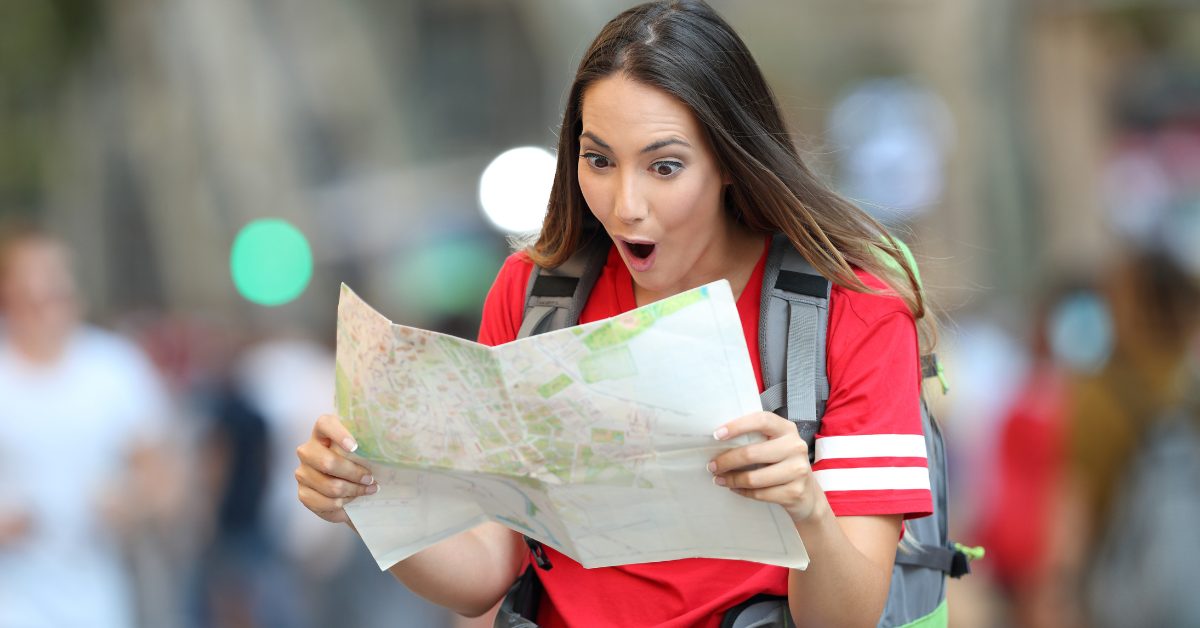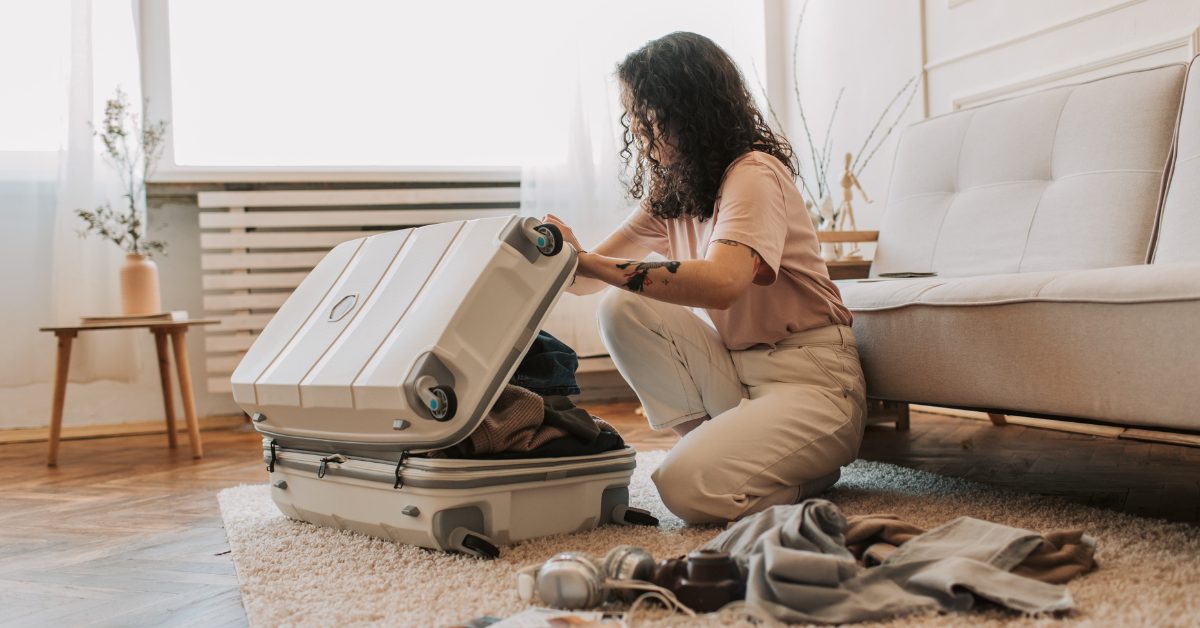
Spain Travel Guide: How to Prepare for Your First Trip
Spain is Europe’s most bright and diverse country, with a unique mix of rich history, and a culture that makes it one of Spain’s top travel destinations. Whether you are visiting Spain for the first time or are looking for a new adventure, something exciting is waiting for you either way. If you’re wondering how to prepare for your first trip, this Spain travel guide will tell you everything you need to know from packing tips, cultural insights, must-see places, transportation, and safety advice, so your experience can be the best.
-
Planning Stage: Getting Ready with Spain Travel Guide

Before going to Spain’s top travel destinations, it is important to remember a few important things at the planning stage. Understanding entry requirements, and local currency, and arranging travel insurance is essential for a smooth and tension-free trip.
-
Visa Requirements
If you are a US citizen, you do not need a visa for tourism in Spain for up to 90 days or less. Spain is part of the Schengen Area, which allows US travelers to travel to many countries in Europe for short stays without a visa. But if you plan to stay more than 90 days or are going for work or studies, you will need to apply for the appropriate visa.
-
Health Insurance
Spain’s healthcare system is quite good, but it is always a good idea to have travel insurance for medical emergencies during your trip. While the US has few agreements with other countries for emergency medical care, it is still important that your travel insurance covers medical expenses, emergency evacuation, and repatriation. US travelers do not need a European Health Insurance Card (EHIC), as this is only for EU citizens, but comprehensive travel insurance will protect you if you have health-related issues.
-
Currency and Payments
Spain’s currency is Euro (€), so you will need to convert your US dollars or other currency into Euros, either before or during your trip. Credit and debit cards are accepted at many places, but for small purchases, tips, or at places where cards are not accepted, it is still advisable to carry cash. You will find ATMs mostly in central cities and tourist areas, and currency exchange services are also easily available, especially in airports or larger cities like Madrid and Barcelona.
Also Read: Beautiful Places for a Honeymoon
-
Packing Tips: What to Bring Based on Seasons and Activities

Packing for Spain depends a lot on the season and the activities you want to do, so it’s important to be prepared for the weather conditions. Here’s what you should pack for your first trip to Spain:
-
Summer (June–August)
Spain can be very hot in the summer months, especially in southern cities like Seville and Madrid. Light and breathable clothing is essential—like cotton shirts, shorts, and dresses. Don’t forget sunscreen, a wide-brimmed hat, and sunglasses to protect yourself from the intense sun. If you are planning to explore cities or go sightseeing, comfortable walking shoes are a must.
-
Winter (December–February)
Winter in Spain is quite mild compared to other European countries, but can still be a little cold, especially in the northern regions and mountains. For cold destinations like Bilbao and Barcelona, it is recommended to carry a warm jacket, layers, and gloves.
-
Spring and fall (March-May & September–November)
These seasons are perfect for exploring Spain, as the weather is generally pleasant and temperatures remain moderate. A light jacket, layers and comfortable walking shoes are all you need. If you are visiting beaches, don’t forget your swimsuit!
-
Essential Items
No matter what the season, it’s always important to pack these things:
- Adapters to charge your electronics (Type C and F plugs are used in Spain).
- A camera to capture the beauty of Spain and its architecture.
- A reusable water bottle, as it is important to stay hydrated while exploring.
- A Spanish phrasebook or language app (many Spaniards speak English, but learning some basic phrases like “hola” and “gracias” is beneficial).
-
Cultural Etiquette: How to Blend In and Avoid Misunderstandings

Spain is known for its relaxed and friendly atmosphere, but understanding a few cultural norms will help you avoid misunderstandings and make your experience even richer:
-
Greetings
Spaniards are generally warm and sociable, and greetings are an important part of their culture. Handshakes are common for formal introductions, while close friends or family often greet each other with a kiss on the cheek. If you are in doubt, a polite “Hola” (hello) is enough!
-
Dining Etiquette
Meals are an essential part of Spanish culture. Lunchtime (usually between 1:30 PM and 3:30 PM) is often the largest meal of the day. Dinner is served a little late, around 9:00 PM or sometimes till 10:00 PM. If you’ve been invited to dinner, don’t be surprised if the meal lasts a few hours, as Spaniards like to socialize after eating. Tipping is appreciated, but not mandatory—rounding off the bill or giving a 5-10% tip is standard.
-
Respect for the Siesta
In some parts of Spain, especially in smaller towns, a siesta (afternoon nap) is still a common tradition. Many shops and businesses close for a few hours in the afternoon, between 2:00 PM and 5:00 PM. It is important to plan your day accordingly.
-
Must-See Destinations: Top Destinations in Spain

There are many diverse attractions in Spain, from historic cities to picturesque beaches. Here are some top destinations in Spain that you should not miss:
-
Barcelona
Barcelona is known for its modernist architecture, especially the works of Antoni Gaudí, such as the famous Sagrada Familia and Park Güell. Must visit this city. Here you will also find fantastic beaches, nightlife, and a rich cultural heritage.
-
Madrid
Spain’s capital, Madrid, is a bustling metropolis home to world-class museums such as the Prado Museum and the Reina Sofia. It’s a must to explore the vibrant, historic neighborhoods like La Latina in Retiro Park, and enjoy the lively food scene at Mercado de San Miguel.
-
Seville
Seville, located in the south of Spain, is famous for its stunning architecture, such as the Alcázar Palace and the Gothic Cathedral, which also houses the tomb of Christopher Columbus. Don’t miss the lively atmosphere of Plaza de España and Seville’s famous flamenco shows!
-
Granada
Granada, known for its breathtaking Alhambra Palace, offers a magical experience where the perfect blend of Moorish and Spanish history meets. The charming Albaicín neighborhood and views of the Sierra Nevada mountains are also highlights here.
-
Valencia
Valencia blends modern architecture, such as the City of Arts and Sciences, with historic buildings and pristine beaches. The famous paella here must be tried because this dish originated here!
Also Read: Places to Visit in Australia
-
Transportation in Spain: How to Get Around

Traveling in Spain is quite easy because it has an excellent transport network. These are your Spain travel tips:
-
Public Transport
Spain’s cities are well served by efficient metro systems, buses, and trams. Public transportation is affordable and accessible in cities like Madrid and Barcelona. If you frequently use public transport, getting a multi-day pass or T10 ticket (10 rides) may save you money.
-
Trains
Spain’s high-speed train network, Renfe, connects major cities quickly and comfortably. AVE trains reach speeds of up to 300 km/h (186 mph), making train travel an excellent option for long-distance trips, such as between Madrid, Seville, and Barcelona.
-
Renting a Car
If you want to explore rural Spain or the coast, renting a car can be a good option. Driving in Spain is generally easy, but it is important to be alert to parking regulations and narrow streets in historic centers.
-
Safety Tips: How to Stay Safe
Spain is generally a safe destination for tourists, but as with any popular tourist location, there are a few safety tips to keep in mind for your first time in Spain:
- Pickpocketing: It is important to be cautious in crowded areas, especially markets or on public transport. Keep your valuables secure and avoid carrying excess cash.
- Emergency Numbers: In case of emergency, dial 112 for police, fire, or medical assistance.
-
Conclusion: Final Thoughts and Encouragement
Planning your trip for the first time to Spain is a very exciting experience! By understanding essential aspects like packing tips, cultural etiquette, and transportation, you can make the best use of your time in this beautiful country. Spain offers you a variety of experiences—from its rich history and culture to its delicious food, stunning landscapes, and warm-hearted logs.
Enjoy the rhythm of life in Spain, and let yourself be accompanied by its great energy and charm. Whether you’re enjoying tapas in a sunlit plaza, exploring ancient castles, or relaxing on a Mediterranean beach, your first trip to Spain will without a doubt be an unforgettable adventure. How to prepare for your first trip to Spain? Follow this Spain travel guide, and you will be ready for the journey of a lifetime.